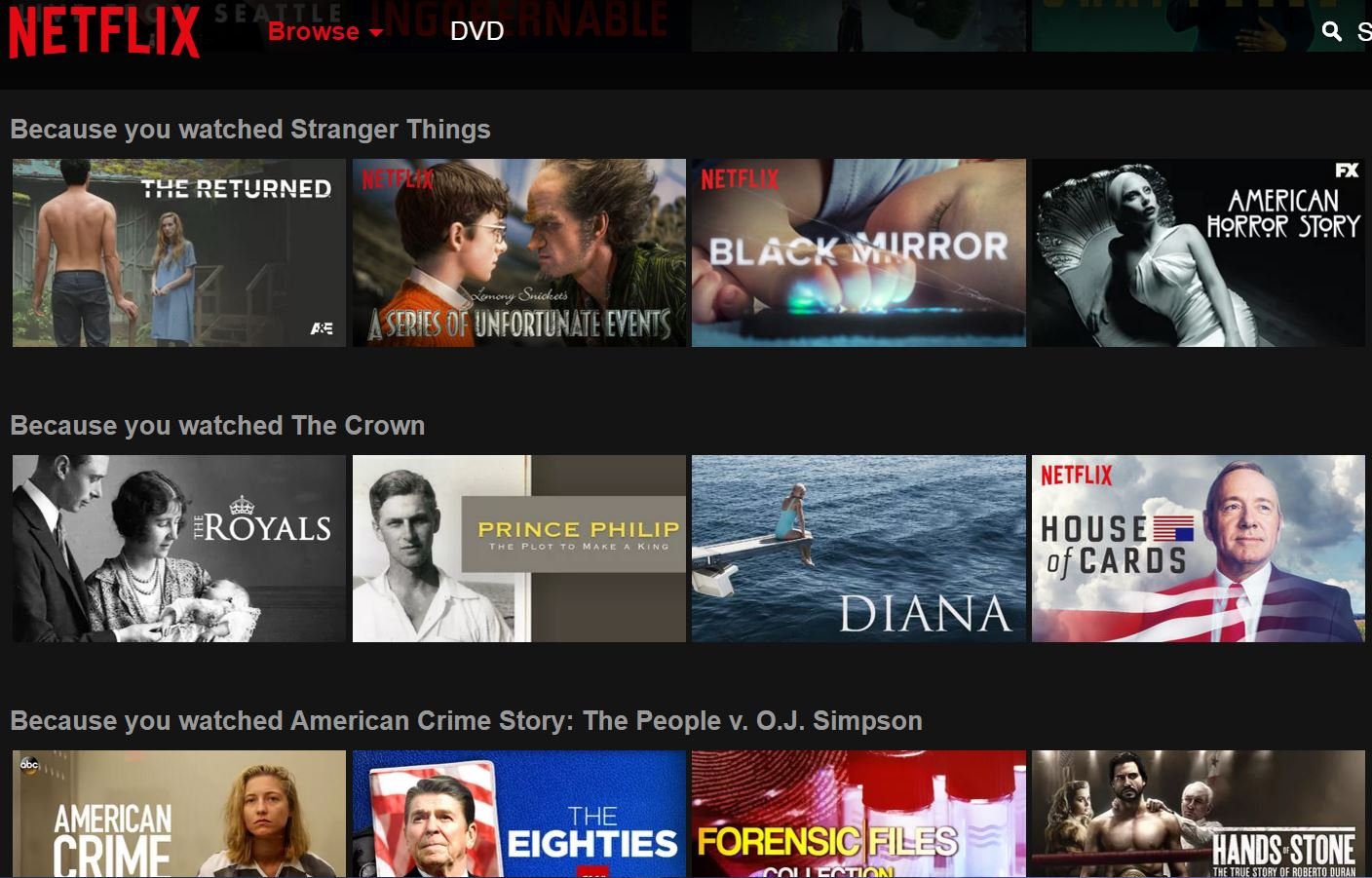Strategies for successful conversion rate optimisation for D2C Brands
Introduction:
Conversion Rate Optimization (CRO) is the process of maximizing the percentage of website visitors who take desired actions, such as making a purchase, subscribing to a newsletter, or filling out a form. For direct-to-consumer (D2C) brands, CRO is crucial in driving growth and achieving business objectives. Here, we will delve into effective strategies, cutting-edge approaches, and real-life examples to help you optimize your conversion rates and unlock the full potential of your D2C brand.
Data-Driven Research: Start by conducting comprehensive data-driven research to uncover insights, pain points, and optimization opportunities. Analyze user behavior, website analytics, and customer feedback to gain valuable insights into your target audience's preferences and motivations.
Personalised User Experiences:
Create tailored and personalised user experiences to engage visitors and increase conversions. Customise your website content, offers, and recommendations based on user preferences, demographics, and browsing behaviour. Personalisation enhances the user journey and improves the likelihood of conversion.
Example: Netflix personalises the user experience by recommending movies and shows based on individual viewing history and preferences. This personalised approach keeps users engaged and increases the likelihood of conversion.
Website Performance and Speed:
Optimise your website's performance and loading speed to prevent user frustration and abandonment. A fast and seamless browsing experience improves user satisfaction and increases the chances of conversion.
Example: Amazon consistently invests in website performance optimization to ensure fast loading times and smooth navigation. This focus on speed has contributed to their impressive conversion rates and customer satisfaction.
Social Proof and Influencer Marketing:
Leverage social proof and influencer marketing to build trust and credibility, influencing potential customers to convert. Showcase user-generated content, customer testimonials, and collaborations with influencers to establish a positive brand reputation.
Example: Fashion Nova harnesses the power of influencer marketing by partnering with popular social media personalities who showcase their clothing. This strategy increases brand visibility, trust, and ultimately, conversions.
Simplified Checkout Process:
Optimise your checkout process to reduce friction and cart abandonment. Implement a guest checkout option, minimize the number of form fields, and offer multiple payment options. Streamlining the process makes it easier for customers to complete their purchases.
Example: Etsy provides a seamless checkout experience by allowing customers to securely save their payment information and offering various payment methods. This simplifies the purchasing process and increases conversion rates.
Conclusion:
By implementing effective strategies for conversion rate optimization, you can unlock unprecedented growth for your D2C brand. Harness the power of data-driven insights, streamline the user experience, leverage social proof, personalize recommendations, and optimize your checkout process. As we continue our series, "The D2C Brand's Guide to Exponential Growth," we will delve deeper into additional strategies and tactics to further amplify your brand's success.
Stay tuned for more insights and get ready to unlock exponential growth for your D2C brand.

